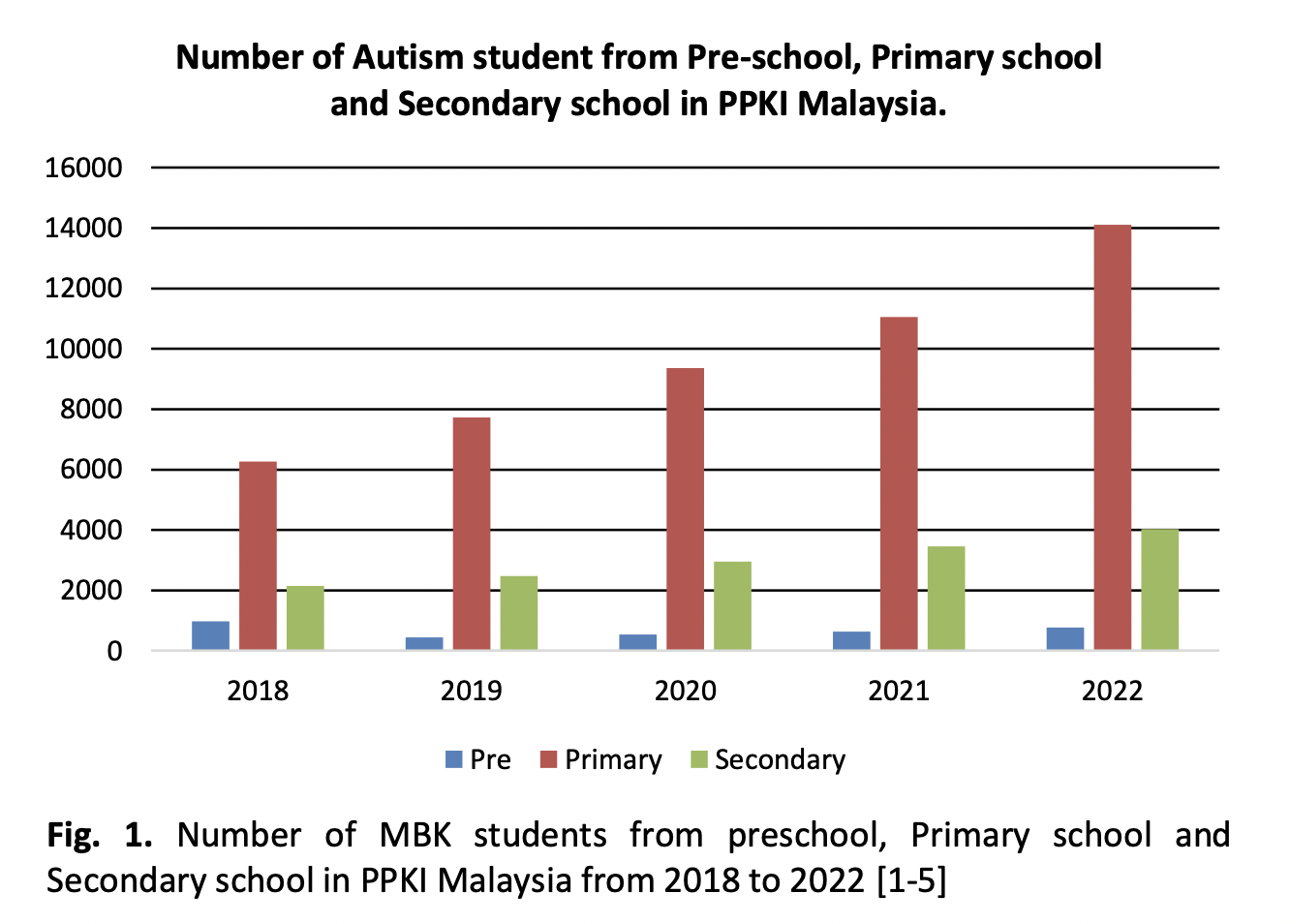Autism Robot (AuRo) Framework to Facilitate Learning for Children with Autism Spectrum Disorder (ASD)
DOI:
https://doi.org/10.37934/aram.108.1.111123Keywords:
Special Education, ASD, Robot, VAK, cognitive, prototype development, MathematicsAbstract
There is growing evidence that using robots in educational settings could benefit children with autism spectrum disorder (ASD) by enhancing their cognitive abilities like attention, behaviour, and social skills. The objective of this paper is designing content for children with autism using a robot as the mediator by using AuRo model that implement VAK learning style. To create robot learning content for young children to learn mathematics, specifically about numbers, the framework for this goal is crucial. Therefore, an autism robot (Auro) model was suggested for this study to assist children with ASD in learning about numbers. The framework's elements were chosen following a thorough analysis of the ASD literature. Through expert reviews with academic specialists and technologists, the proposed framework was iteratively assessed. Based on the feedback offered by experts, a modified version of the framework was created. The main findings from expert review showed that the proposed framework's structure, components and details have been effectively refined. The evaluation of the prototype involving children with ASD will determine the effectiveness of the AuRo Model for future work by giving them pre-test and post-test.
Downloads



























